Image via
The latest Stella Count is in, and the results are sadly predictable.
The Stella Prize, in conjunction with Books+Publishing, has looked at the gender disparities of 2014’s book reviews in 12 major Australian publications, and more often than not, fewer female writers were represented.
The Australian Financial Review and the Weekend Australian were the worst performers, yielding a 77:23 and 69:31 percentage split respectively.
However, the count found that most major state papers resulted in near to equal gender representation, aside from The Age and the Sydney Morning Herald’s Saturday review sections, which gave a 60:40 split. The Monthly and the Australian Book Review sat at similar numbers, too.
One notable exception is Books+Publishing – the only publication that had a majority 64 per cent of female authors to 36 per cent for men.
For those in the literature world, these results are hardly surprising, particularly when Australia’s major mastheads remain a ‘boys’ club’ to varying degrees.
“It’s a lowlight of the year when the Stella Count comes out despite so many conversations about the role of women in our literary and publishing world, but nothing really seems to be changing,” said Lisa Dempster, artistic director and CEO of the Melbourne Writers’ Festival.
While nobody’s under any illusion that the mainstream media is colluding to create this environment, initiatives like the Stella Count highlight the intangible, icky parts of ourselves that go beyond the industry.
“The Stella is a hugely significant study for our industry – it confirms what might otherwise have been dismissed as personal experiences for some, and highlights what can often be seen as unconscious bias in order for it to no longer be unconscious,” said freelance critic Bethanie Blanchard.
What’s Changed This Year
While the Stella Count’s traditionally analysed the gender of the books reviewed and the gender of reviewers, the 2014 count has been the first year to look at the size of reviews and the genres most frequently reviewed.
What the data shows is that there’s a case to be made for gender disparity about the way we’re informed about Australian writing.
The count found a male prevalence for medium to large reviews of books, though the Daily Telegraph, The Advertiser and the Sunday Tasmanian had equitable results.
“If a review is smaller, are people going to go out and buy the book, or engage with it as deeply as a massive long-form review being published? So I think we need to actually interrogate exactly how women are being represented,” Dempster said.
Where to from here?
Since 2012, the count has continually demonstrated the structural disadvantages that female writers within Australia’s mainstream publications.
The data says that this world changing, some of it slowly, some not at all.
For women who not only have to fight to crack a notoriously hard industry, this data highlights even further structural disadvantages because of their gender.
But before you go off and roll your eyes at a media landscape beset by old Anglo-Saxon men, some of the buck’s got to stop with readers themselves.
Veronica Sullivan, prize manager at Stella, said this is something we all need to think about going forward.
“Readers can subscribe to magazines and newspapers that publish more women, rather than to those that perpetuate gender disparities. Creating spaces for these conversations is crucial – write to editors and publications to encourage them to increase the representation of women in their pages.”

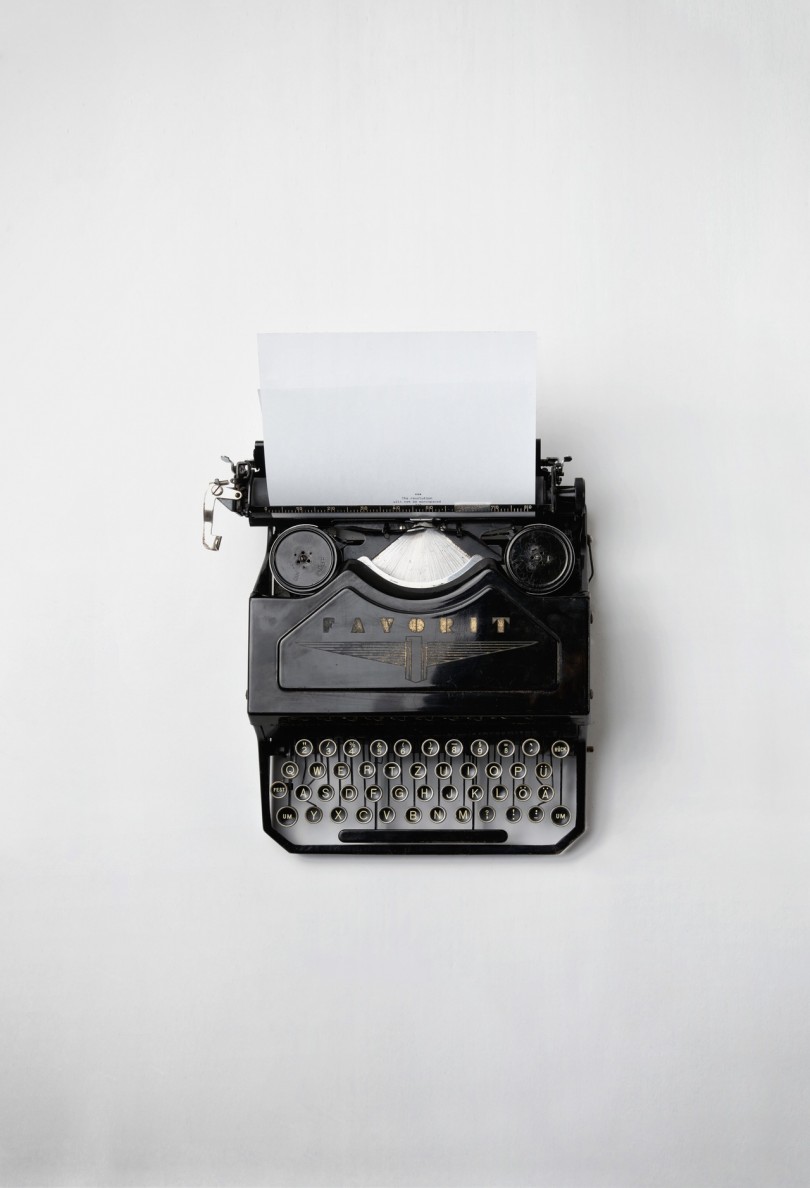
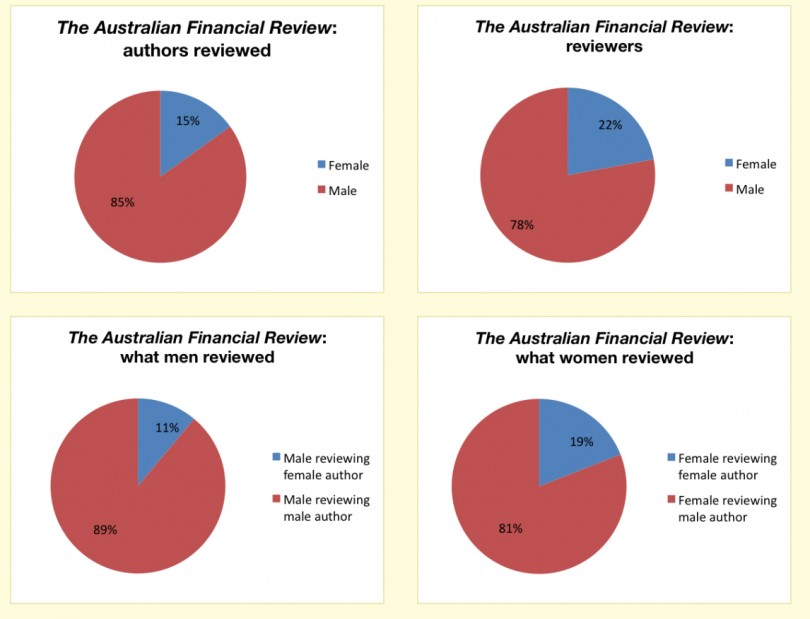
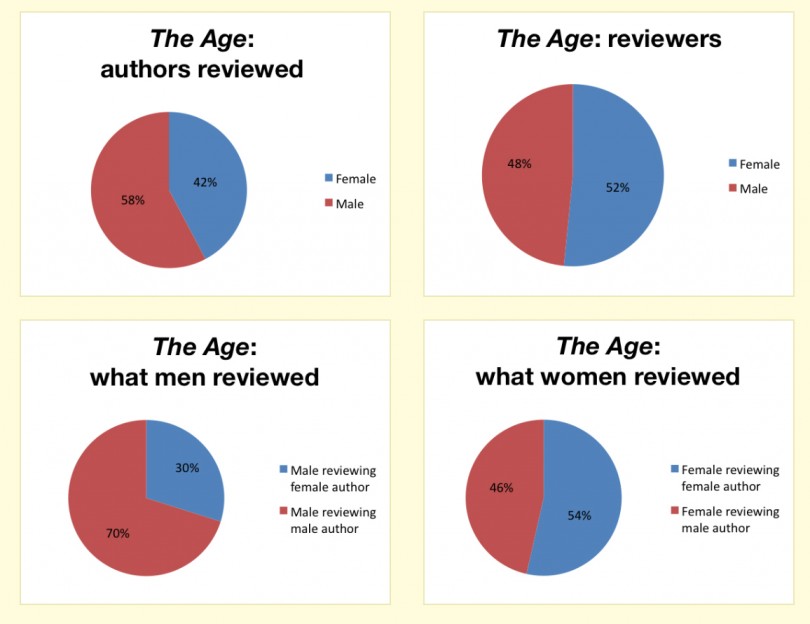
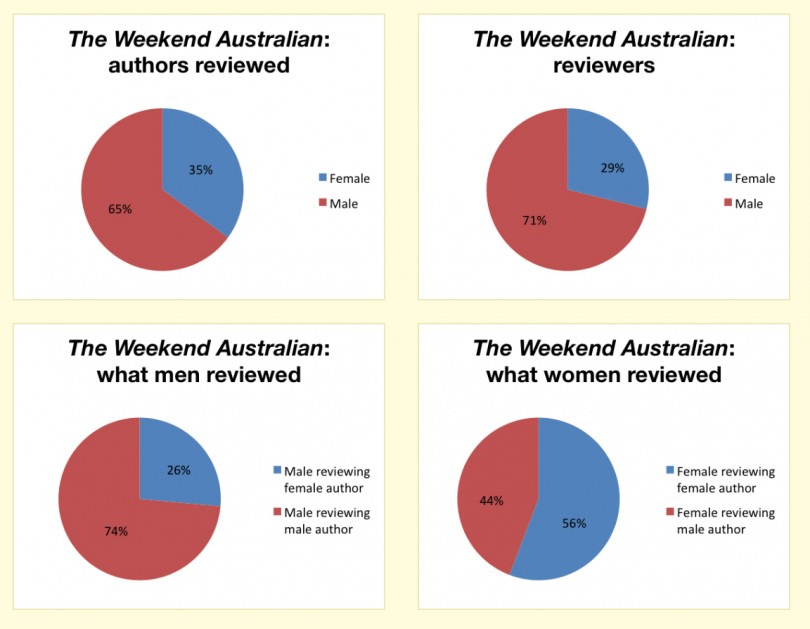
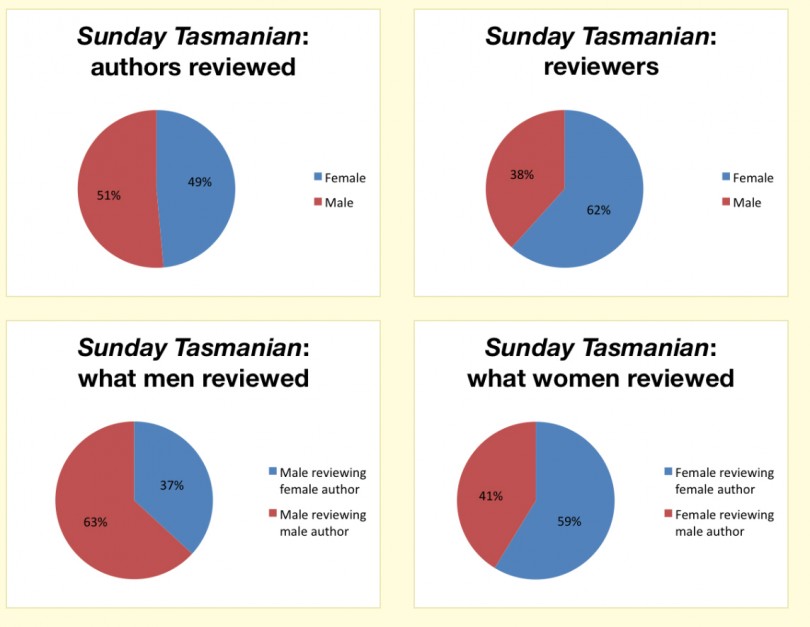
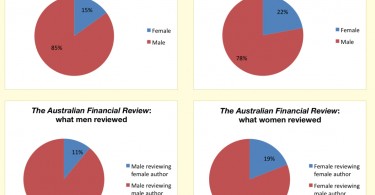
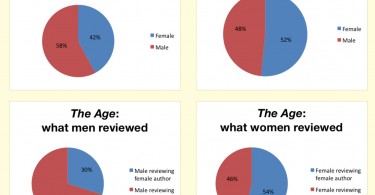
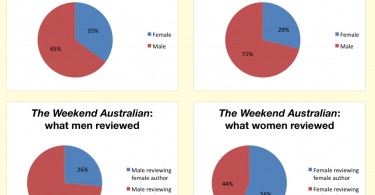
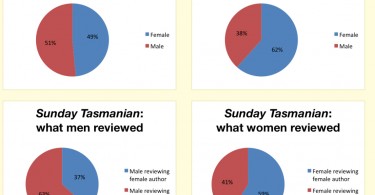
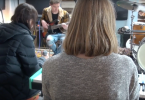
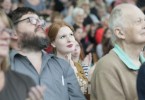

[…] to make it in SO many times. Kind of like I have no understanding HOW thing cannot have changed re The Stella Count male to female publishing stats are […]